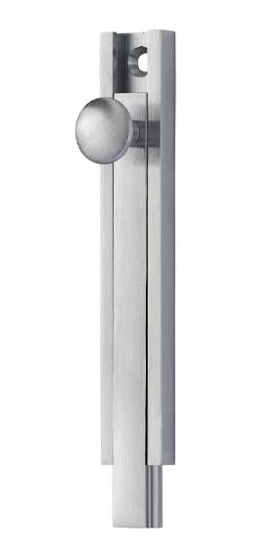 This question came up again this morning, during a discussion about a classroom barricade device that bolts from the area at the bottom of the door into the floor:
This question came up again this morning, during a discussion about a classroom barricade device that bolts from the area at the bottom of the door into the floor:
Are door bolts allowed to secure classroom doors during a lockdown?
First, let me explain what I mean by “door bolt.” For the purposes of this blog post, a door bolt is a surface bolt, or a similar product that can be used in addition to the lockset or latchset to secure a door in place. These bolts are sometimes used on the inactive leaf of a pair of doors, and on residential entrance doors. Some of the classroom barricade devices on the market are very similar to commercially-available door bolts.
Every major hardware manufacturer has a variety of door bolts in their catalog, including Allegion, but we would NEVER recommend a door bolt for classroom security.
Why not?
a) Once a door bolt is projected, the door can not be opened from the outside – even by someone with the key to the lockset. This could allow someone to secure the classroom and take hostages during a shooting or to commit another type of crime. According to the National Center for Education Statistics, in 2017, US students aged 12-18 experienced approximately 827,000 non-fatal victimizations in schools. The ability to lock a classroom door and prevent access for school staff and first responders increases the risk and liability for school districts, and the danger for students and teachers.
b) In most states, classroom doors must be openable from the inside with one operation, with no key, tool, special knowledge or effort, and without tight grasping, pinching, or twisting of the wrist. This ensures that doors are intuitive to operate and will allow immediate egress. Adding a door bolt to a door with existing latching hardware means that two operations will be required for egress. The bolt may be in a location where it would not be obvious and could delay egress during an emergency evacuation. And the door bolt may be difficult to retract – especially if there has been damage during a forced-entry attempt, or if there is pressure against the door from students trying to exit.
c) When a surface bolt projects into the floor or any location outside of the area located 34-48 inches above the floor, it is not within the reach range mandated by the accessibility standards and the life safety codes. Releasing hardware must be within this range in order to be usable by all building occupants, in compliance with the federal Americans with Disabilities Act and the adopted codes for most states.
 Note: There are many products being marketed for use in classrooms that are similar in concept to a commercial door bolt. The concerns that keep hardware manufacturers from recommending surface bolts for classroom security also apply to other security devices that are being advertised for classroom doors. The adopted building codes and fire codes, as well as the accessibility standards, have been created to help ensure free egress and access for all building occupants. While securing classroom doors is important, the risk of a school shooting is much lower than the risk of other types of emergencies in schools. The locksets that are already present on the majority of classroom doors provide the security needed for classrooms, and comply with the building codes, fire codes, and accessibility standards.
Note: There are many products being marketed for use in classrooms that are similar in concept to a commercial door bolt. The concerns that keep hardware manufacturers from recommending surface bolts for classroom security also apply to other security devices that are being advertised for classroom doors. The adopted building codes and fire codes, as well as the accessibility standards, have been created to help ensure free egress and access for all building occupants. While securing classroom doors is important, the risk of a school shooting is much lower than the risk of other types of emergencies in schools. The locksets that are already present on the majority of classroom doors provide the security needed for classrooms, and comply with the building codes, fire codes, and accessibility standards.
You need to login or register to bookmark/favorite this content.

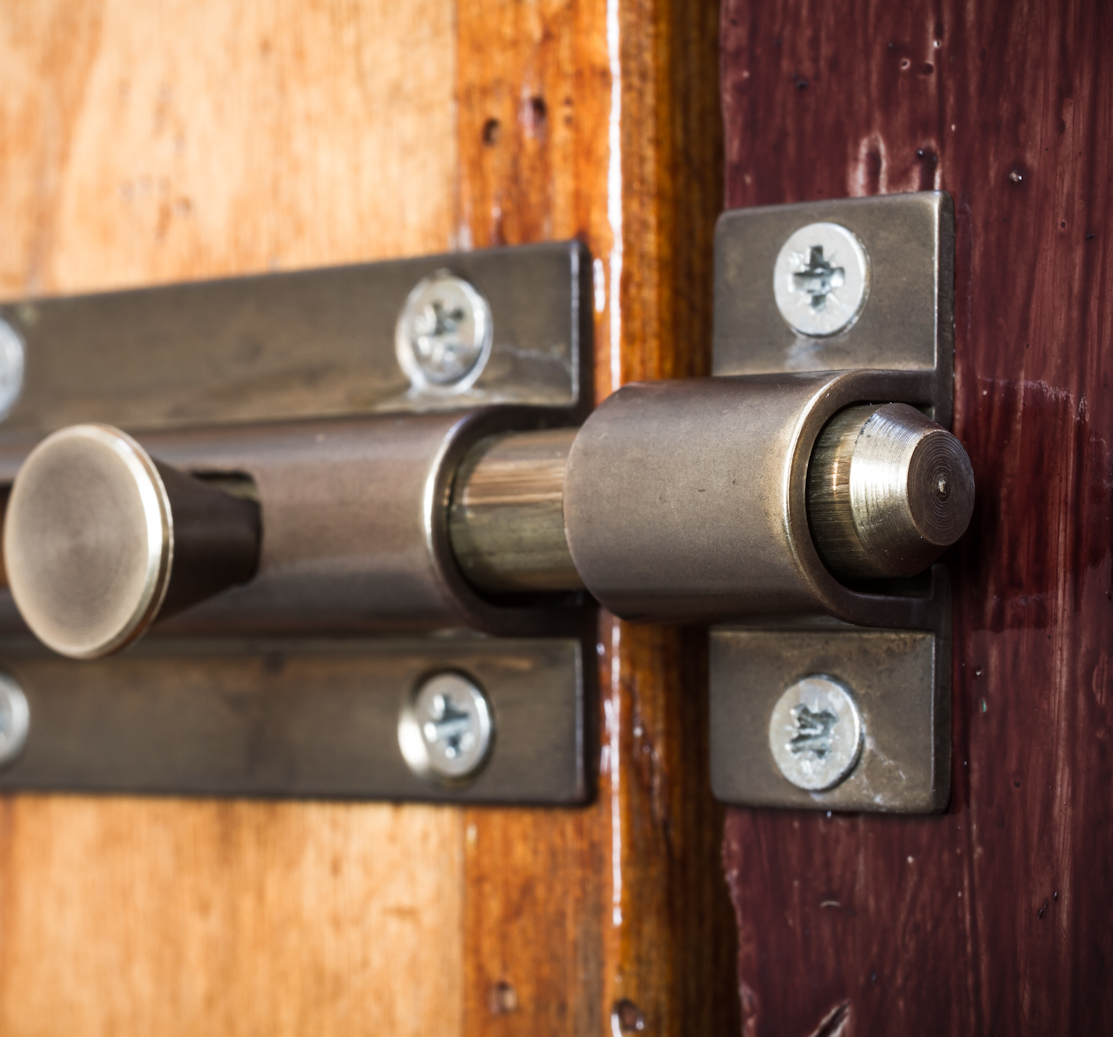
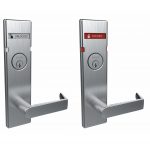
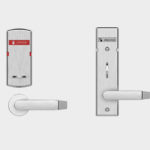

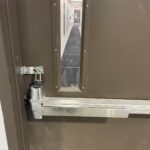


The barricade device shown in this article is the one I had emailed you about quite some time ago. Unfortunately, one of the largest school systems in our state has purchased these, AND got a waiver from the AHJ to use them. It makes me absolutely sick. I tried talking to them about it when the job went out for bid, but my concerns fell on deaf ears. I am so glad I no longer have a child in the school system. I pray that nobody gets hurt due to the use of these devices. It is unfortunately going to take someone (like a student) to use one of the devices for nefarious purposes before eyes get opened as to their danger.
Are there any door bolt that require a key to activate ?
Yes – there are key-operated surface bolts, which would make the classroom situation even worse.
– Lori
The other day we were talking about suicide response and every one of these types of devices would delay that. Add that to the fact that suicide is the second largest cause the death for people between 10 and 24 and 4th largest for people 1 to 9 they are also the largest groups dealing with classroom doors.
There are estimated 1,400,000 suicide attempts and 47,173 succeed. How many more will die when aid or other help cant get to them? How many more were even stopped before it even become an attempt and would have gotten further if help can’t get to them?
I agree completely, and the danger of first responders being delayed was mentioned on the webinar last week. I’ll be posting a link to the recording as soon as it is available.
– Lori
no auxiliary locking device are not permitted
The Washington Post noted that since 1990, the odds of a public school sudent being killed by gun in school are 1 in 614,000,000 while statistics of dying in a fire are 1 in 1,500. While the risk is not zero, one should be careful that our actions to safeguard our kids do not subject them to a far higher risk of death by fire. One must also be mindful of the fact that egress requirements are not just for fire but come into play when escaping any danger in a.building.
I would say that all your points are valid, but either your or the Washington Post’s math is off.
Since we are saying that numbers matter….
Estimating that we are a nation of 307 million (half of 614,000,000) would mean that there had only been one half of a death by gun in our public schools in the thirty years since 1990. This is clearly not right, and much too low. FactCheck.Org reports 64 School shooting deaths in the six years following Sandy Hook, about 11 per year. https://www.factcheck.org/2019/05/meme-inflates-school-shooting-deaths/
Conversely, the stats for fire deaths are much too high. Annual fire deaths in the U.S. are around 3,600 and 3/4 of those die in the home. That leaves about 900 deaths per year outside the home. Figuring 20% of the population are school aged means 180 deaths, not all of which occur in in schools. If 2/3 were in schools, that would mean 120 deaths per year.
Per the numbers the Washington Post gave, If 1 in 1500 of our 56 million students die in a fire, that would calculate out to 1,244 per year, which is 10 times more than the 120 I came up with above.
Still, with perhaps as many as 120 deaths by fire per year and 12 by shooting, we can’t forsake fire safety.
@ curtis meskus
I believe this is currently “legal” in: Kansas, Michigan and Ohio.
Ref. the blog post: https://idighardware.com/2019/08/nfpa-101-tia-1436/ which describes a temporary amendment in NFPA – 101 to allow “Two non-simultaneous releasing operations” at classroom doors in existing buildings. This conversation is specific to schools or classrooms, but I assume this conversation will naturally be extended to the work-place.
NFPA 101 – TIA 1436
A school district in Maryland submitted a TIA (A TIA is a Tentative Interim Amendment) to revise the 2018 edition of NFPA 101. TIA 1436 proposed the addition of a line of text in the section addressing classroom doors in existing schools:
“(3) Two non-simultaneous releasing operations shall be permitted.“
This applies to NFPA 101 only: The International Building Code (IBC) and International Fire Code (IFC) limit releasing operations for egress doors to one operation to unlatch the door (all latches simultaneously). The extra releasing operation allowed by the TIA would only apply to jurisdictions that have adopted NFPA 101-2018 – and only to existing buildings.
Classroom doors in new buildings are limited to one operation to unlatch the door by Chapter 14 of NFPA 101.
Additional Resource:
ALICE (Alert, Lockdown, Inform, Counter, Evacuate) – https://www.alicetraining.com/resources/documents/
Hi Michael –
Thanks for your comment. TIA 1436 does allow two non-simultanous releasing operations, but it also requires the locks to be able to be released from the outside and for the hardware to be mounted 34-48 inches above the floor (bolts into the floor would not comply). The TIA would only apply to existing K-12 schools in jurisdictions where the 2018 edition of NFPA 101 has been adopted.
While each state may set their own requirements for classroom security, I don’t think door bolts would meet the requirements in Kansas, Michigan, or Ohio. Although the Kansas SFM allows some types of retrofit locking devices, their bulletin prohibits “barrel bolts” which I would consider the same as door bolts (there is a photo on their bulletin). Michigan is close to passing a bill into law that will allow temporary locking devices but the devices can not be permanently mounted on the door. The bill also requires the device to be able to be unlocked from the outside with a tool or key. Ohio allows temporary locking devices, but prohibits them from being permanently mounted to the door.
Although many door hardware manufacturers make these bolts which could be used to barricade a door and deter free egress and access (both authorized and unauthorized), we do not market or recommend these products for this purpose, even if states allow them.
– Lori
Thanks for the clarifications and follow-up. That’s why I come here.
Don’t be a stranger! 😀
– Lori